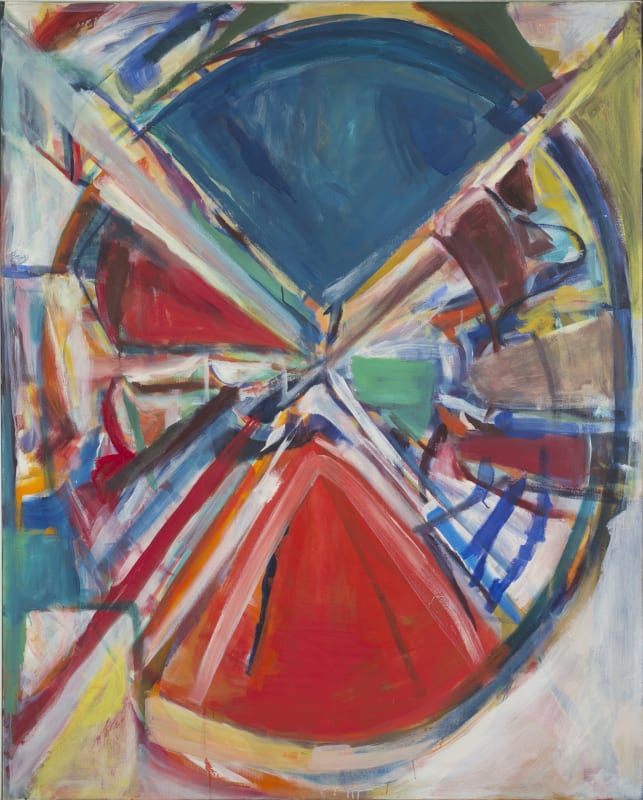When she died in 2016, American painter Shirley Jaffe left behind a rich body of abstract work, a significant body of which, donated to the French state, was received by the Musée national d'art moderne in 2019. This groundbreaking exhibition shows how the artist had to abandon gesturality in order to bring an ever more vivid tension to her artistic experience. The chronological display orchestrates occasional confrontations between works from different periods. Precious studio notes taken by the artist for each of her paintings are presented in display cases along with archival material collected in the studio.
Born in 1923 in New Jersey, Shirley Jaffe studied at Cooper Union in New York, which she left for Paris, where she settled in 1949. Close to Jules Olitski, Norman Bluhm, Jean-Paul Riopelle, Sam Francis, she is considered a major painter of the new abstraction. Later linked to Kimber Smith, Jack Youngerman, Al Held, she sublet Louise Bourgeois' studio on the same street as Joan Mitchell. In 1969, she moved to the 5th arrondissement, rue Saint-Victor - a studio that she never left, and where she painted until the last minute. In the 1960s, she turned her back on promising beginnings in the spirit of Abstract Expressionism. It was not until the 1970s that she developed her personal writing with its chiseled contours which, without allowing her to be assimilated to the then declining Hard Edge wave, kept her at an equal and respectful distance from her former expressionist peers and the proponents of concrete art. Its geometry is well ordered, but skilfully opposed, always deviated, random in appearance, but scrupulously dictated, like certain musical compositions of its contemporaries.
Shirley Jaffe, Une Américaine à Paris - Centre Pompidou, Paris
Past event
Centre Pompidou, Paris, France
https://www.centrepompidou.fr/fr/programme/agenda/evenement/agYUNKn

